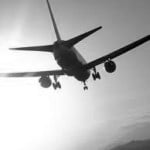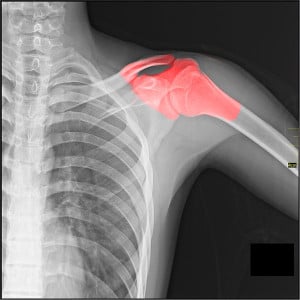Recent Posts
In recent years, juicing and “juice cleansing” have become extremely popular in the world of nutrition and dieting. The juicing trend is characterized by drinking blended fruits and vegetables, sometimes along with obscure extracts and supplements, as an alternative way to obtain nutritional needs.
Read MoreAthletes are among the healthiest in any population, but training and recovery play a huge role in their susceptibility to infection. At low levels of exertion (e.g. walking), your body increases its natural killer cells (infection fighters), and with more intense exercise there is a more robust response. Stress from training stimulates an immune response in tissues. Moderate to strenuous stress allows the body to rebuild itself, but there is a tipping point.
Read MoreIf you watch ESPN, or have ever seen a football game live, you’ve probably seen a horrific concussion. Recent attention in the media towards concussions may beg the question of why this is relevant to you. A concussion is, by an increasingly loose definition, a mild traumatic brain injury that includes any trauma induced alteration in mental status that may or may not involve a loss of consciousness. Moreover, this is purely a clinical diagnosis, meaning no test exists today that can concretely detect concussions. In fact, when doctors analyze CT scans and MRI results, the absence of brain abnormalities on the images helps convince them of a concussion-free diagnosis.
Read MoreShoulder Injury Awareness - First Step to Injury Prevention
By Megan Fischer-Colbrie on November 14, 2013
The shoulder is a complex joint that keeps your arm from its natural desire to fall out of its socket while enabling a wide range of motion in all 3 planes. The joint capsule, rotator cuff muscles, and the tissue connected to your bone, called the labrum, all work to stabilize the joint. Swimmers and water polo players increase their range of motion by creating tiny tears in their labral tissue, trading in shoulder stability for greater mobility. However, high mobility combined with overtraining can compromise the labrum by creating a larger, painful tear. This can be caused by an acute event or gradual repetition.Shoulder injuries are ubiquitous in sports, but swimmers, water polo players, and any athletes that execute repetitive overhead motions are exceptionally at risk. You are 1/3 more likely to dislocate your shoulder with a torn labrum. The labral tissue has little blood supply so these injuries do not heal easily. The frayed ends of a tear contain nerves that cause pain with motion. Depending on the size of the tear, surgery may be necessary to reattach the tissue to the bone, while more minor tears can avoid surgery partially by strengthening the surround musculature to compensate for weakened tissue. Despite the advantage associated with greater mobility in athlete’s joints, larger tears in the labrum can be painful, severely compromise shoulder stability, and lead to worse injury.
Know the Difference between a Separated Shoulder and a Dislocated Shoulder: Mechanism of AC tears and Shoulder Dislocations
The terms “separated shoulder” and “dislocated shoulder” are thrown around in sports so often that it is easy to misinterpret their origin. A separated shoulder injury occurs at the most important joint between the thorax and arm, known as the acromioclavicular (or AC) joint. Located between the end of your clavicle and your scapula, the AC joint and surrounding ligaments are subject to high load transferring from the chest to the upper arm. Ligament tears from falling on your shoulder, especially with your hand outstretched, or striking something hard (like a body check in hockey), allow the clavicle to separate from the scapula, thus the term shoulder separation. In a shoulder dislocation, the upper arm bone, known as the humerus, pops out of the socket known as the glenoid. This injury can also occur from falling, as your body weight pushes the humeral head out of place. The labrum, joint capsule, and muscles are supposed to stabilize the joint and prevent dislocation, but if any of the three are injured, dislocation occurs more readily. A dislocated shoulder can be pushed back into place, and pain may diminish very quickly. Resting your shoulder will prevent re-dislocation, and therapy can improve your range of motion gradually. Separated shoulders are treated by first immobilizing the AC joint with a sling. In a minor separation, healing may take a few weeks, whereas a larger separation may take weeks to months and involve surgical reattachment of torn ligaments1.
Read MoreWe all grew up with two kinds of peanut butter: JIF and Skippy. They even diversified partway through our childhood to include both creamy and crunchy options, and for a long time that was all we had to decide between. The 21st century ushered in an age of nutritional focus like never before, and with it, a large push to remove processed foods in favor of wholesome, natural foods. What has replaced JIF and Skippy are a slew of peanut, almond, sunflower, cashew and almost any other nut butters that are naturally blended in the grocery store from pure nuts.
Read More
We athletes tend to respect our bodies in the days or hours prior to a practice or competition, but what happens after?
Read More






